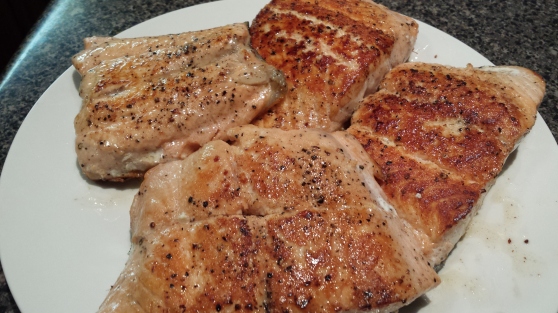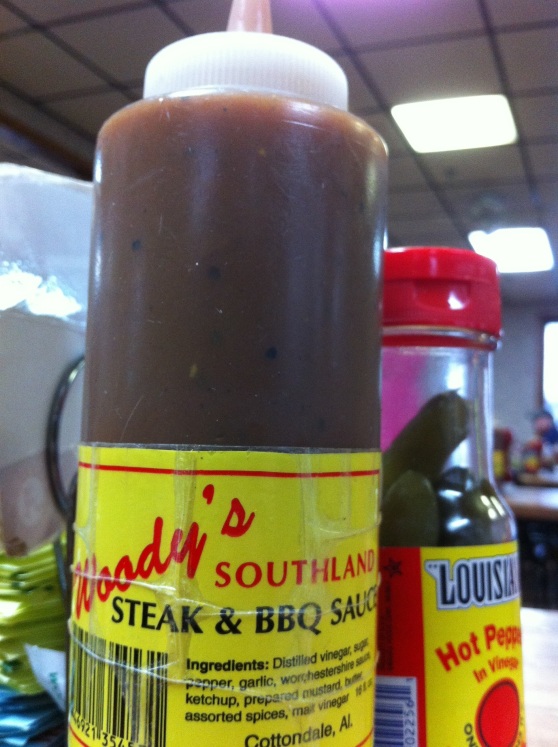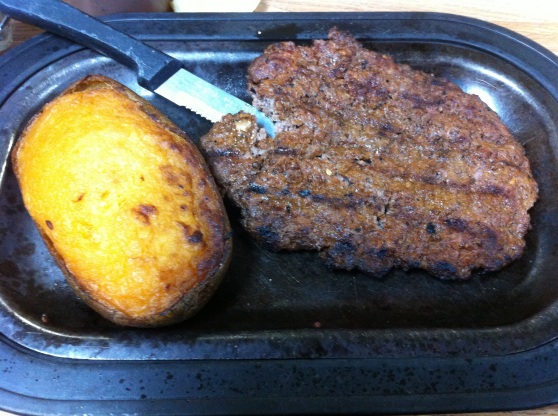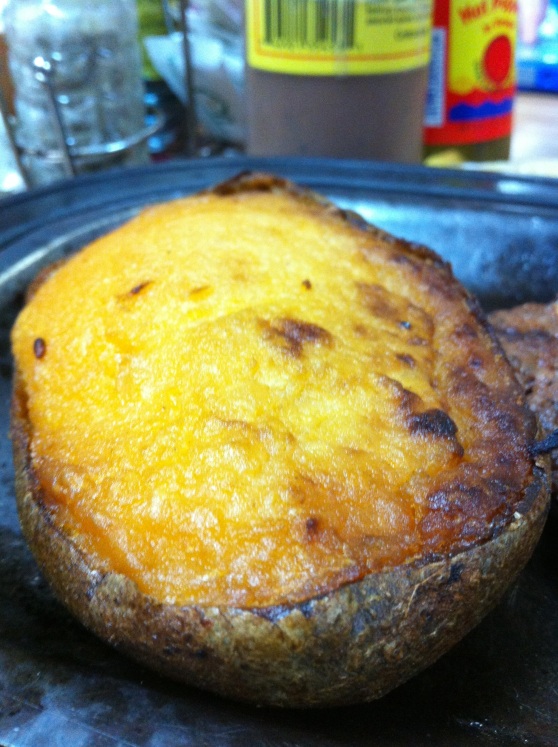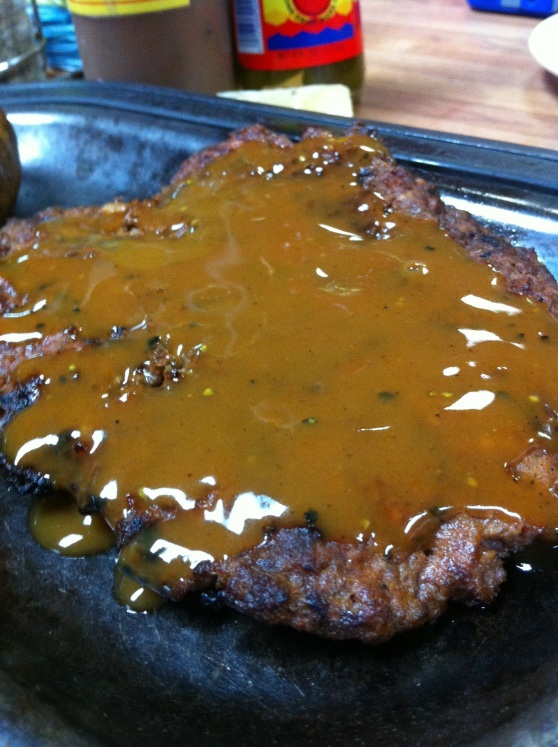
Typical Boil Plate
It’s that time of year again. The time when the glitz and glamor of the holidays has finally subsided. No longer do we crave chestnuts roasting on an open fire, or dream of a fat elf wiggling down our collective chimneys. Gone are the heartwarming thoughts of snow covered pine trees, or being bundled up to watch New Years Eve fireworks. The doldrums of Old Man Winter’s season has finally arrived.
The cold weather that bites at us on an almost daily basis (this is the south, after all) is now more an annoyance, than something to be looked at with reverie. We have no purpose for this cold now, no Thanksgiving to look forward to. No Christmastime cheer to lighten our hearts when facing temperatures that plummet. No reason to be bundled up all “cozy and warm” with good cheer to spend toward our fellow man.
But, we do have one thing.
Now every good southerner, boy and girl, young and old, tall and small, lie down at night and dream of one thing. The thing that gets us through these cold days better than any. The yearning and pleading that starts it’s prophetic rise on January 2nd, and burns within us like a fire that cannot be quenched. United in purpose, we suffer on though these cold months, with only one goal in mind:
We’re ready to go to the BEACH!
We’re ready to fry our bodies on the UV drenched, man made, sugar-white sand beaches of the southern coast! We’re ready to swim in jellyfish infested waters! We’re ready to visit tourist trap venues, and play putt-putt golf! We’re ready to drink canned beer (glass bottles are prohibited, you know!) We’re ready to eat over priced, over fried, previously frozen fish, all in the name of “supporting the local economy!”
Well, everything but that last part. I personally can’t stand some of the food found on the southern coastline. Mostly because the vast majority of the seafood in your “Admiral’s Basket” was “fresh caught from the freezer section THIS VERY MORNING!” Not to mention the cocktail sauce came in a five gallon bucket from Kraft Foods!
“So,” you must be saying to yourself, “Mr. Holier-Than-Thou blogger, what do YOU like to eat at the beach? What Suits YOUR fancy?”
I prefer my seafood boiled. More specifically, I like Low-Country Boils (as if you already haven’t figured that out, by now).
And I especially like having them now, when the weather is cold (makes me think of warmer climes, you know?)
The perfect one-pot-wonder that is as versatile as it is easy to prepare. Make it outdoors with a giant pot and a propane fish cooker, or make it indoors in a boiler with a stove top. Feed 5 or 50 make it mild, medium, hot, nuclear, melt-my-face-off or whatever suits you.
Now, to the uninitiated, cooking a boil may seem like a huge undertaking, that takes skill, patience, and years of practice. In truth, all it takes is know how to chunk things in a pot, at the right time, without boiling it over. (And a little common sense for good measure.)
Low Country Boil
*The traditional recipe calls for The pre-boil ingredients, potatoes, corn, sausage and shrimp. Please note that ingredients for this dish are not based on certain amounts. However they are based on how much you and your guests can eat. I usually account for two potatoes, one piece of corn, one piece of sausage, and 1/4 pound of shrimp per serving.
The following table represents ingredient ideas as well as approximate cooking times.
| Pre-Boil |
Dry Crab Boil (2 tsp/liter)Liquid Crab Boil (1 tsp/liter)
Crab Boil-In-Bag (2 tbsp/liter)
Lemon Wedges (1 wedge/liter) |
Fill pot to just over 1/2, add spices and bring to boil. I split the boil-in-bag open, and let the spices in it boil out in the open. Once cooked, the seeds and spices coat the seafood, and make a tasty addition to the finished product. Be aware that liquid and dry crab boil is very potent, and quite spicy. If some people would like a spicier boil, see my note below. Make sure to account for the amount of total ingredients you’ll be placing in the pot. Remember, it’s much easier to add water (if there’s too little,) than take away (if there’s too much) |
| Stage 1 |
Red Potatoes (Of similar size) |
Add to boiling water. Return to boil, and cook for 20 minutes (small potatoes) or 30 minutes (larger potatoes), or until potatoes are almost fork tender. |
| Stage 2 |
Cased Sausage (cut into links)
Corn-on-the-Cob (small cobs)
Mushrooms
Onions (pearl, or wedged)
Whole Garlic Cloves (peeled) |
Add to boiling water. Return to boil, and cook for 10 minutes. |
| Stage 3 |
Shrimp
Crawfish (burped)
Crab
Mussels
Clams (bearded)
Small Whole Fish (prepared) |
Add to boiling water. Cook based on cooking time for individual item.Shrimp: 5 min
Crawfish: 5min
Crab: 10-15min
Mussels: 5-7min
Clams: 6-8 min |
All said, you want your boil to cook for between 35 & 45 minutes based on the thickness of your potatoes, and the stage three items you want to add. (Planning ahead, and doing a little cooking time math sheet will go a long way in having a successful boil.
One the boil is over, allow the items to cool in the pot for at least 10 minutes. This is called “resting” and allows the stage three items a chance to absorb some of the seasonings that are floating on the top of your boil water. This is also the time to have a side pot ready for those who would like spicier seafood.
To make a side pot, pre-boil a mix of liquid and dry crab boil in a smaller side pot, and use double the standard proportions (or more if you know what you’re doing.) Then, once the boil is finished, transfer the seafood that needs to be spicier to this pot, and allow it to rest in it. The heat will ramp up significantly, based on the amount of seasoning you use.

The Finished "Stove Top Boil"
Serve with my “Better than the Bottled Crap” Cocktail Sauce:
3/4 cup Ketchup (more/less for spicier/milder sauce)
2 tbsp Prepared Horseradish
1 tsp Tabasco Sauce
1.5 tsp Worcestershire Sauce
1/2 tsp Old Bay Seasoning
Juice of 1/2 of a medium lemon
Mix, chill and serve.
As a final note, The traditional way to serve (when outdoors) is to drain the pot, spread out old newspapers on a table, and dump the whole lot in the middle. However, I find that straining ladles, and paper plates work just fine. Just, omit the plastic ware. You are supposed to be on the beach, remember? Just eat with your hands, and dream of July.
